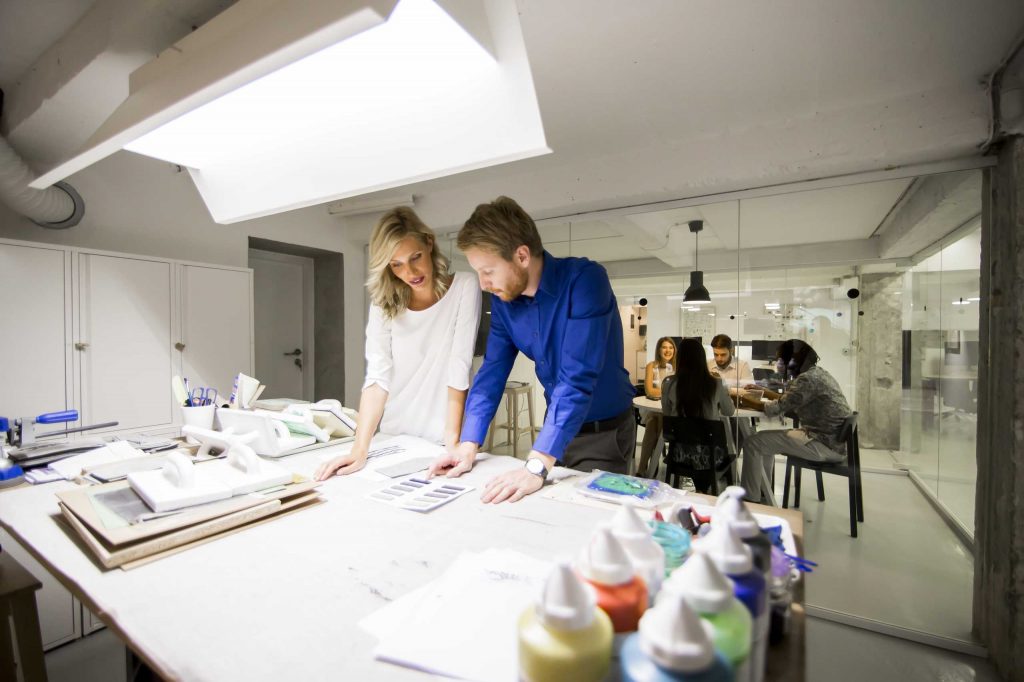Interior design is not just about how a room looks — it’s about how it feels, how it works, and how it supports the rhythm of everyday life. A well-designed space combines two essential elements: practicality and visual harmony. But how do you bring them together without one overpowering the other?
Let’s explore how to master this delicate balance — and create interiors that not only impress but also improve lives.
Step 1: Know the Purpose of the Space
Every room tells a story — but that story begins with function.
- A living room is for connection, comfort, and flow.
- A kitchen is a workspace for creativity and efficiency.
- A bedroom is a retreat — a soft place to land.
- A home office must balance focus with inspiration.
Before choosing any material or piece of furniture, ask yourself: What happens here? Design should follow daily patterns, not fight against them.
Step 2: Create a Smart, Human-Friendly Layout
The layout is your invisible foundation. You don’t always see it — but you always feel it.
- Leave enough room to move freely between zones.
- Avoid placing furniture where it blocks natural light.
- Use symmetry or intentional asymmetry to create visual structure.
- Make space for stillness — not every corner needs filling.
Tip: Even a small room can feel open if circulation is respected. Don’t clutter pathways.
Step 3: Let Texture Speak
You don’t always need more objects — you need more feeling. That’s where texture comes in.
Mix and layer thoughtfully:
- Soft wool throws next to sleek metal lamp bases.
- Natural linen curtains softening strong geometric shapes.
- Rough stone surfaces beside glass details.
This contrast creates warmth, interest, and depth. Without texture, even the most stylish room can feel flat.
Step 4: Choose Colors That Do More Than Look Good
Color isn’t just decoration. It shapes mood, energy, and focus.
- Want calm? Try muted blues, soft greens, or warm beiges.
- Need energy? Add coral, mustard, or terracotta accents.
- Prefer a timeless base? Go for off-whites, taupes, and soft greys.
And don’t be afraid of contrast — bold moments can elevate the entire room when used intentionally.
Step 5: Lighting Isn’t a Detail — It’s the Design
A good room has layers of light. Without it, even perfect furniture and colors will fall flat.
Combine:
- Ambient lighting (like ceiling fixtures) for general glow
- Task lighting (lamps, sconces) for function
- Accent lighting (spotlights, LEDs) to highlight features
Use dimmers for control. Place lighting at different heights to create rhythm.
Great lighting doesn’t shout — it whispers elegance.
Step 6: Embrace the Personality of the Space
Your space should never feel like a showroom. The goal is real beauty — not perfection.
- Display a personal photo or artwork.
- Mix vintage with new pieces.
- Let an imperfection become a focal point.
These choices bring warmth and humanity into the room — and remind you that style should never erase soul.
Final Reflections
Balancing functionality and style isn’t a rulebook — it’s a rhythm.
It’s about listening to a room.
It’s about respecting how people live.
And it’s about knowing that good design is not a luxury — it’s a language that makes life easier, richer, and more beautiful.
When you find that balance, you don’t just decorate a space.
You transform it.

